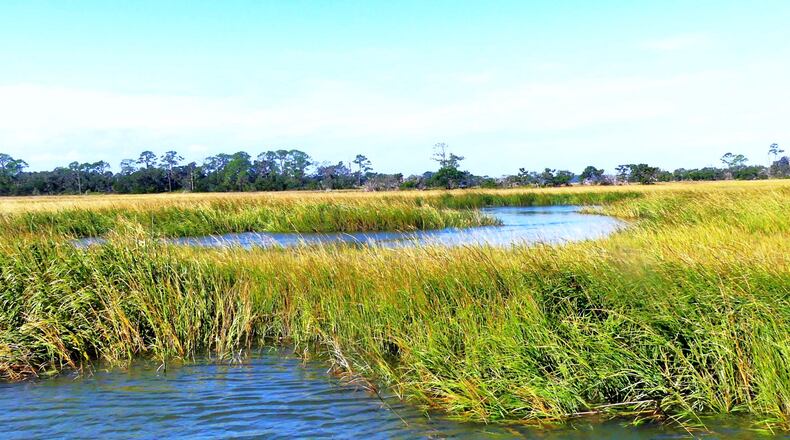Fifty years ago, the Georgia General Assembly passed one of Georgia’s most momentous and enduring — and contentious — environmental laws, the Coastal Marshlands Protection Act.
Since then, the law has been the single biggest reason that Georgia’s some 400,000 acres of salt marsh — a third of all salt marshes along the Atlantic coast — have been saved from development and other threats. (The law requires developers who want to dredge, fill or build in the marshes to obtain state permits and assess environmental impacts.)
Because of the law, Georgia’s salt marshes are almost in the same healthy condition they were in a half-century ago.
Last week, during a small gathering on beautiful, unspoiled Little St. Simons Island, we celebrated the act’s 50th anniversary as we looked out over a vast, peaceful marsh surrounding the island. Bald eagles soared overhead; dolphins frolicked in the tidal streams.
Decades ago, however, salt marshes were regarded mostly as wastelands, useless. But years of scientific study on Sapelo Island reversed that view.
We now know that the twice-a-day tides ferry in huge amounts of nutrients that nourish great expanses of marsh grass; outgoing tides help cleanse the marsh. The amazing system makes Georgia’s coast nearly equal to a rainforest in fertility and productivity.
The great fecundity gives sustenance and shelter to untold numbers of creatures: oysters, blue crabs, shrimp, all manner of finfish, birds and other species.
But there’s much more. Salt marshes protect the mainland from storm surges, filter out pollutants, maintain the physical integrity of barrier islands and sequester massive amounts of carbon.
They’re also places of breathtaking beauty — as we saw last week when we gathered to watch the sun set over a marsh that stretched to the horizon.
IN THE SKY: From David Dundee, Tellus Science Museum astronomer: The Leonid meteor shower will peak at about 20 meteors per hour on Monday night. Best viewing: In the northeast sky after midnight. The moon is new Saturday night (Nov. 14). Mercury is low in the east just before sunrise. Venus, low in the east, rises an hour before sunrise. Mars rises in the east just before dark. Jupiter and Saturn are low in the southwest after dark; both will appear near the moon on Thursday night.
About the Author
The Latest
Featured

